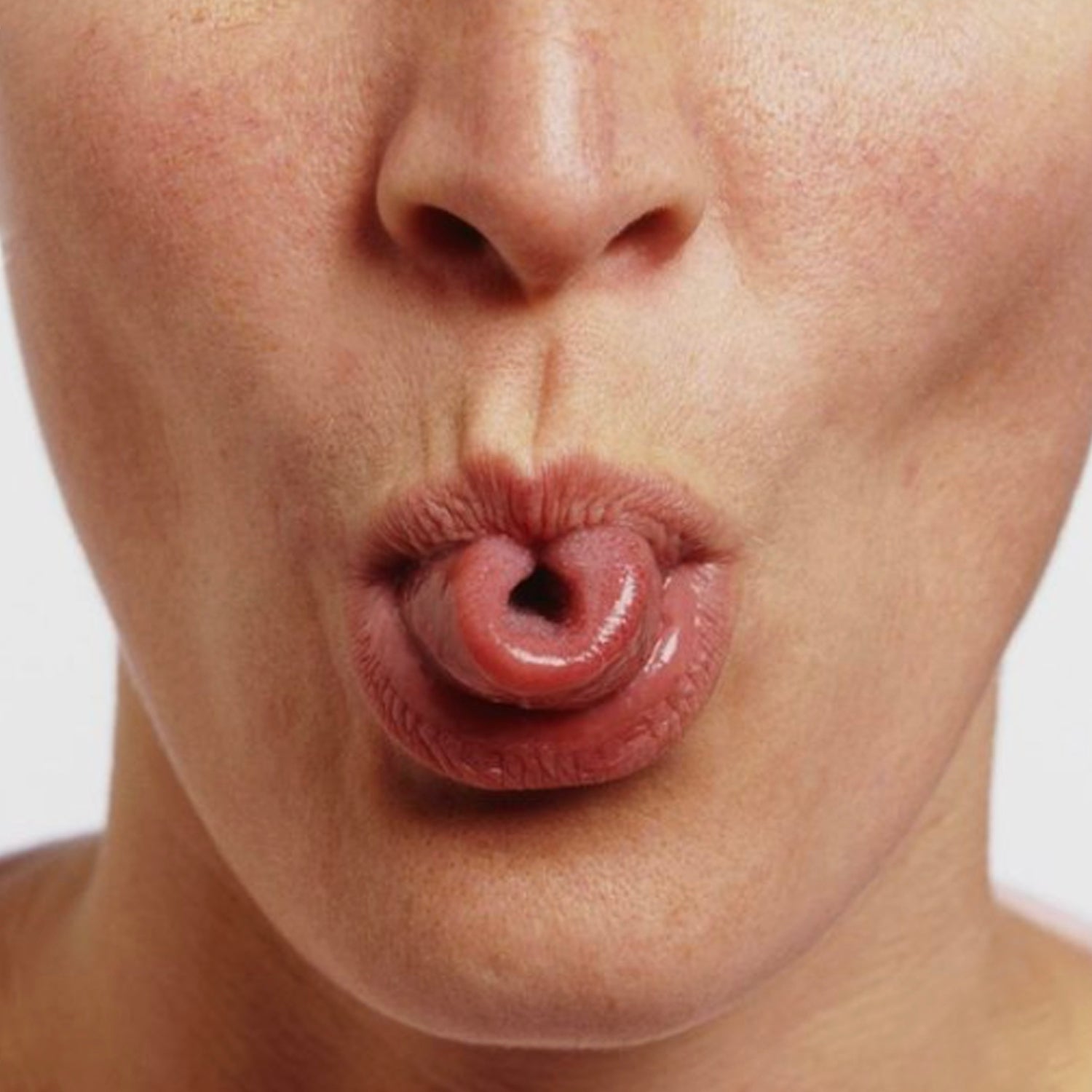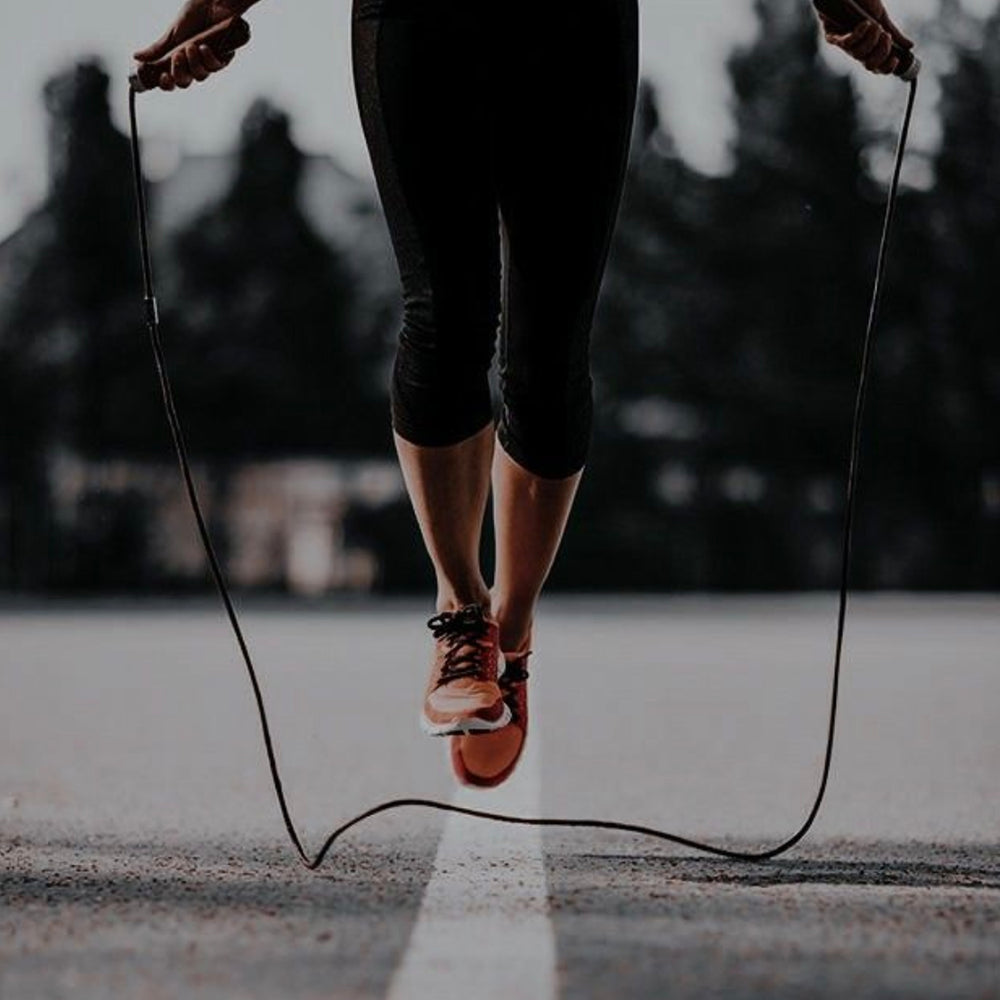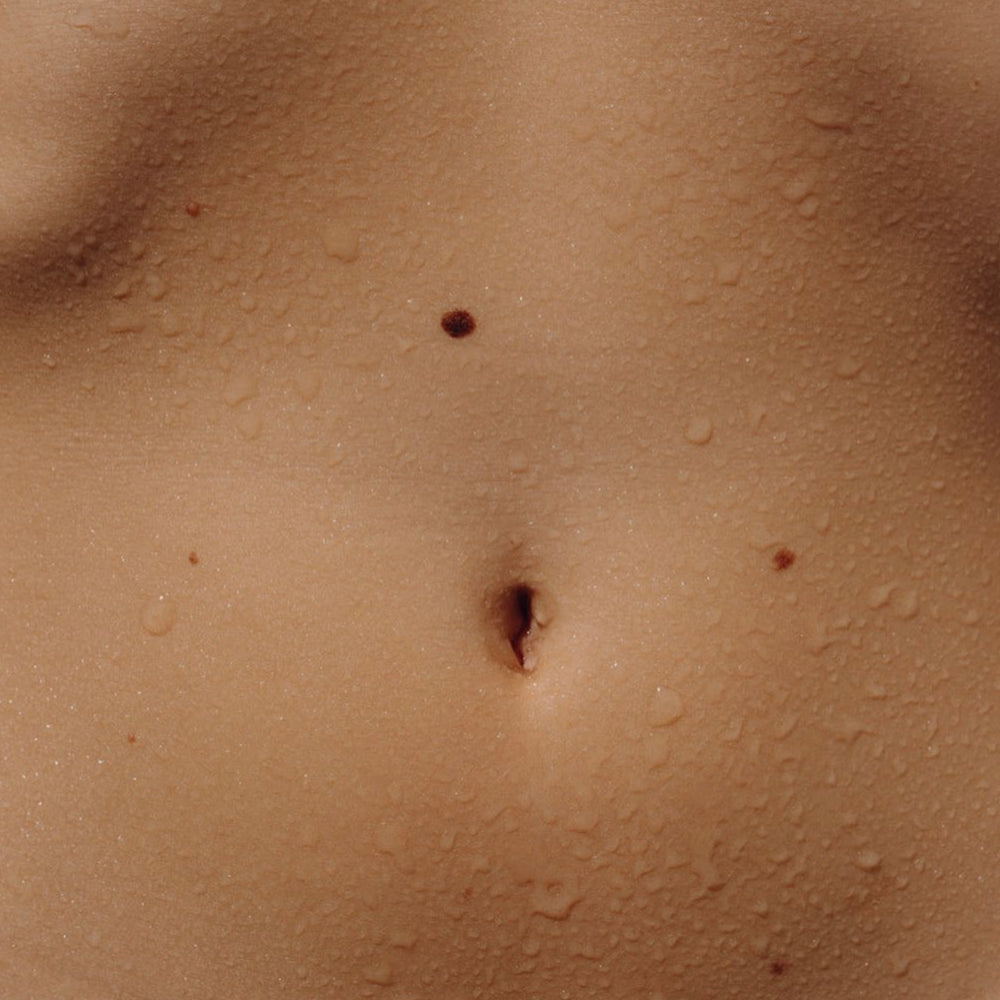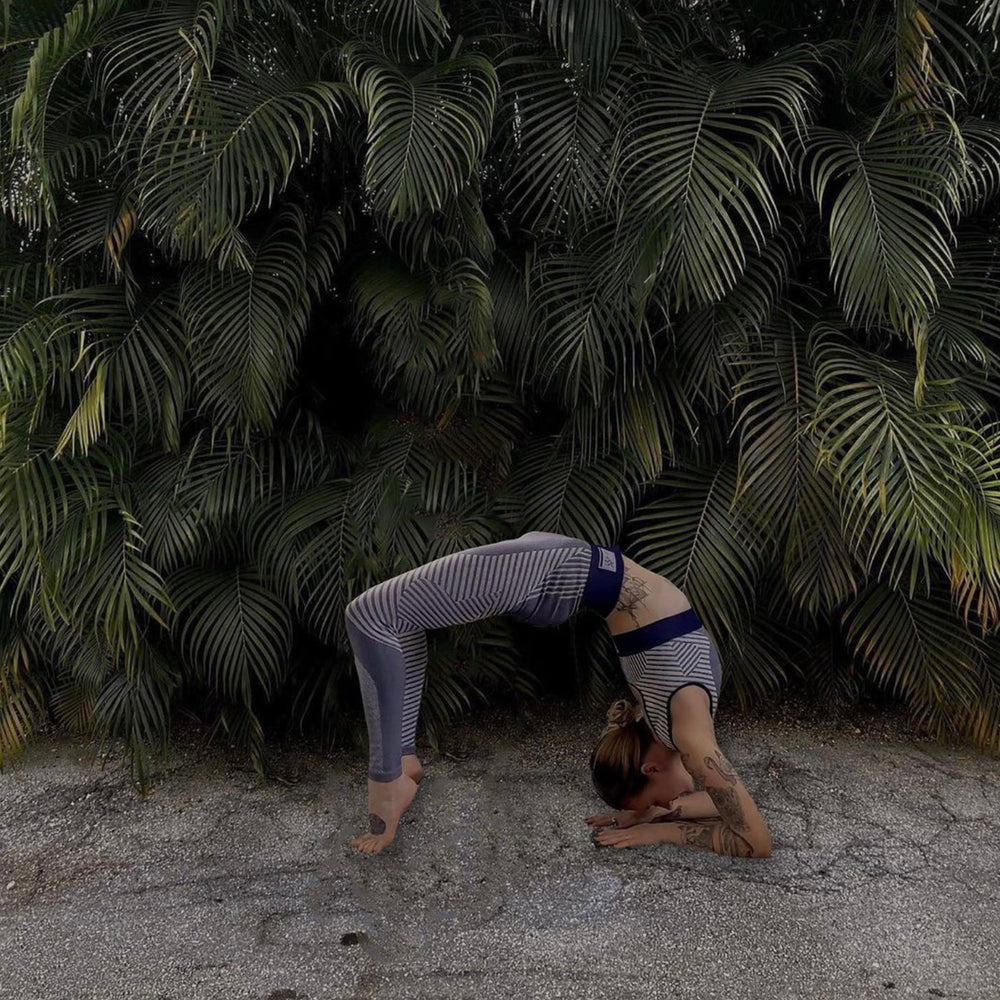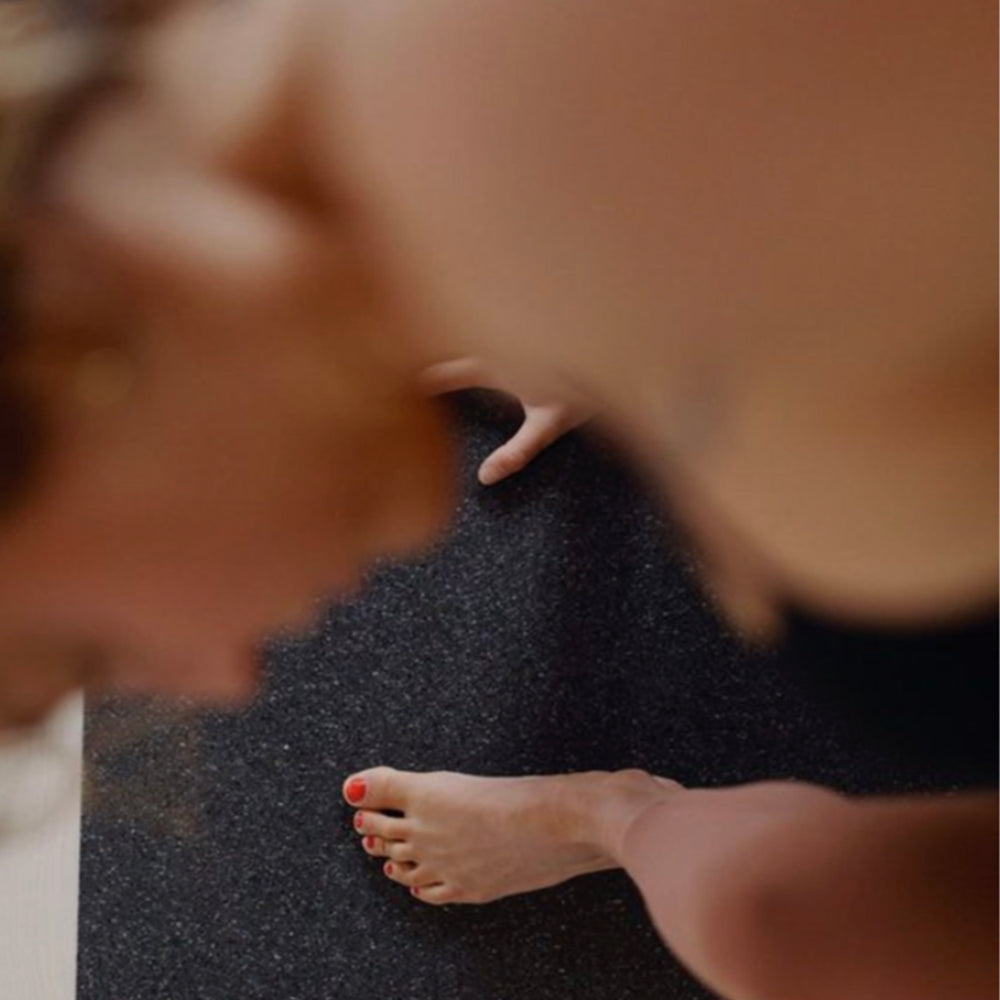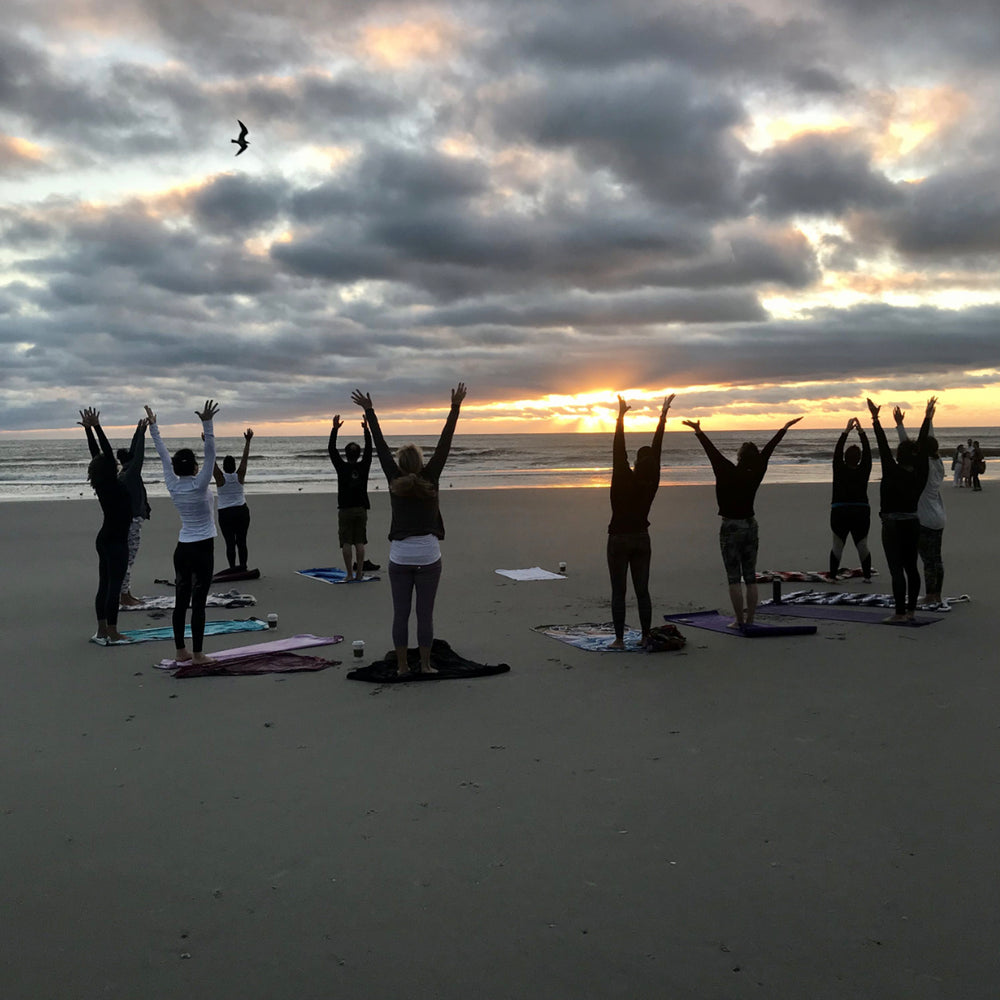 Breath is the essence of life, the vital force that sustains us from the moment we are born until our last breath. While breathing is an involuntary act that occurs without conscious effort, it can also be a powerful tool for enhancing physical, mental, and emotional well-being when harnessed intentionally. This practice is known as breathwork, and it has been employed for centuries in various cultures and spiritual traditions to promote relaxation, healing, and personal transformation. In this master class, we will delve into the world of breathwork, exploring its history, techniques, benefits, and how to incorporate it into your daily life.
The History of Breathwork
Breathwork is not a new concept; it has deep roots in ancient cultures and spiritual practices. Here's a brief overview of its historical significance:
1. Pranayama in Yoga: In the yogic tradition, breathwork is known as pranayama, which means "control of life force." Yogis have been practicing various pranayama techniques for thousands of years to balance their energy, calm the mind, and achieve spiritual awakening.
2. Qigong and Tai Chi in Chinese Tradition: Chinese practices like qigong and tai chi emphasize the importance of breath control. These disciplines incorporate specific breathing patterns to improve health, vitality, and the flow of vital energy, known as qi or chi.
3. Indigenous Rituals: Indigenous cultures around the world have integrated breathwork into their rituals and ceremonies. Shamanic traditions, for example, often use rhythmic breathing to induce altered states of consciousness and facilitate healing.
4. Modern Breathwork Movements: In the 20th century, various breathwork movements emerged, including the Holotropic Breathwork developed by Stanislav Grof and the Transformational Breathwork created by Dr. Judith Kravitz. These practices aim to facilitate personal growth and healing through conscious breathing.
The Science of Breathwork
Modern science has also recognized the profound impact of breathwork on the body and mind. Here are some key scientific findings:
1. Regulation of the Autonomic Nervous System: Breathwork can influence the autonomic nervous system, which controls involuntary bodily functions like heart rate, digestion, and stress response. Techniques like deep breathing activate the parasympathetic nervous system, promoting relaxation and reducing stress.
2. Improved Respiratory Function: Breathwork can enhance lung capacity, increase oxygen intake, and improve respiratory efficiency. This can be particularly beneficial for individuals with respiratory conditions such as asthma.
3. Stress Reduction: Conscious and controlled breathing can reduce the production of stress hormones like cortisol. This leads to a state of calm and relaxation, reducing anxiety and promoting mental well-being.
4. Enhanced Mental Clarity: Breathwork practices often involve focused attention on the breath. This mindfulness can improve concentration, mental clarity, and cognitive function.
5. Emotional Release: Certain breathwork techniques can stimulate the release of stored emotions and trauma. This cathartic process can lead to emotional healing and increased self-awareness.
Breathwork Techniques and Practices
There are various breathwork techniques and practices, each with its unique approach and benefits. Here are some commonly practiced methods:
1. Diaphragmatic Breathing: Also known as abdominal or deep breathing, this technique involves breathing deeply into the diaphragm, expanding the abdomen with each inhale. It promotes relaxation, reduces stress, and improves oxygen intake.
2. Box Breathing: Box breathing is a simple technique that involves inhaling, holding the breath, exhaling, and holding again, each for a specified count (e.g., four counts for each phase). This method helps regulate the breath and calm the nervous system.
3. Alternate Nostril Breathing: In this pranayama technique from yoga, you use your thumb and finger to alternately close one nostril while breathing in and out through the other. It balances energy and fosters mental clarity.
4. Breath Retention (Kumbhaka): Some breathwork practices involve holding the breath intentionally for a period. This can improve lung capacity, mental focus, and the ability to withstand stress.
5. Circular Breathing: Circular or continuous breathing is a technique that involves maintaining a continuous flow of breath without pauses between inhales and exhales. It can induce altered states of consciousness and facilitate emotional release.
6. Transformational Breathwork: This approach involves deep, rhythmic, and connected breathing patterns. It is often accompanied by music and guided facilitation to promote emotional healing and personal transformation.
7. Wim Hof Method: Developed by Wim Hof, also known as "The Iceman," this method combines specific breathwork techniques with cold exposure and meditation. It aims to boost the immune system, increase energy, and reduce stress.
The Benefits of Breathwork
The practice of breathwork offers a wide range of benefits for physical, mental, and emotional well-being:
1. Stress Reduction: Breathwork is an effective tool for reducing stress and anxiety. It activates the relaxation response, lowers cortisol levels, and promotes a sense of calm.
2. Improved Respiratory Function: Regular breathwork practices can enhance lung capacity, improve oxygen intake, and strengthen the respiratory muscles.
3. Enhanced Mental Clarity: Conscious breathing techniques can sharpen mental focus, increase clarity, and improve cognitive function.
4. Emotional Release: Breathwork can facilitate the release of stored emotions and trauma, leading to emotional healing and increased self-awareness.
5. Better Sleep: Practicing breathwork before bedtime can promote relaxation and improve sleep quality.
6. Increased Energy: Certain breathwork methods, like the Wim Hof Method, can boost energy levels and vitality.
7. Enhanced Athletic Performance: Controlled breathing techniques can improve endurance and performance in sports and physical activities.
8. Spiritual Growth: Breathwork has been used as a tool for spiritual exploration, providing insights and facilitating a sense of connection to a higher self or consciousness.
Incorporating Breathwork into Your Daily Life
Integrating breathwork into your daily routine can be a transformative practice. Here's how to get started:
1. Set Aside Time: Dedicate a specific time each day for breathwork practice. Even a few minutes can make a significant difference.
2. Choose a Technique: Select a breathwork technique that resonates with you. Start with simple methods like diaphragmatic breathing or box breathing if you're new to the practice.
3. Create a Relaxing Environment: Find a quiet and comfortable space where you won't be disturbed. You can enhance the atmosphere with soothing music or dim lighting.
4. Focus on the Breath: During your practice, focus your attention on the breath. Notice the sensations of inhaling and exhaling. If your mind wanders, gently bring it back to the breath.
5. Be Consistent: Consistency is key to reaping the benefits of breathwork. Make it a daily habit, just like brushing your teeth or exercising.
6. Seek Guidance: Consider joining a breathwork class or working with a trained facilitator to explore more advanced techniques and experiences.
The Transformative Power of Breathwork
Breathwork is a profound practice that has the potential to enhance every aspect of your life. By harnessing the power of the breath, you can reduce stress, improve physical health, and experience emotional healing and personal transformation. Whether you choose to explore ancient pranayama techniques, modern breathwork modalities, or a combination of both, the art of conscious breathing offers a path to greater well-being and self-discovery. Embrace the practice of breathwork, and unlock the transformative power of your breath—one mindful inhale and exhale at a time.
|


